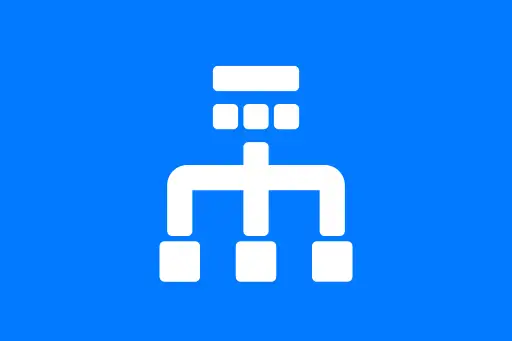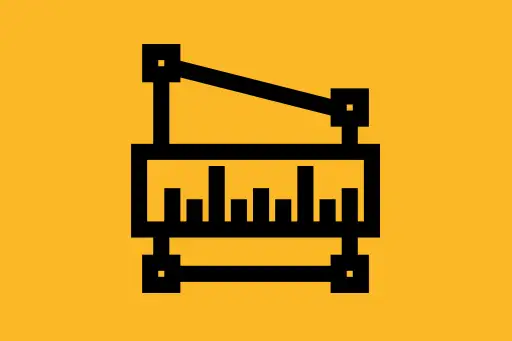Relational vs NoSQL Databases: A Beginner’s Guide
Introduction
When designing a software system, choosing the right database is a critical decision. Two major categories of databases are Relational (SQL) and NoSQL databases. Each has its own strengths and use cases. In this tutorial, we'll explore what they are, how they differ, and when to use each — all explained in a beginner-friendly way with clear examples and intuitive questions.
What is a Relational Database?
A Relational Database is a type of database that stores data in tables (rows and columns). These databases use Structured Query Language (SQL) for querying and managing data.
Example: Online Bookstore
Imagine you're building an online bookstore. You might create tables like:
- Books (BookID, Title, AuthorID, Price)
- Authors (AuthorID, Name, Country)
- Orders (OrderID, UserID, BookID, OrderDate)
Each table is linked using keys — for example, AuthorID links the Books and Authors tables. This structure ensures data consistency and integrity.
Question:
Why do relational databases use keys like AuthorID?
Answer:
To maintain relationships between tables and avoid data duplication. This is called normalization.
What is a NoSQL Database?
NoSQL databases are designed for flexibility, scalability, and handling unstructured or semi-structured data. They do not use fixed table schemas and can store data as key-value pairs, documents, graphs, or wide-columns.
Example: User Profiles in a Social Media App
Let's say you're designing a social media app with millions of users. A user's profile may contain their name, bio, photos, followers, following, settings, and preferences — all of which can vary significantly from user to user.
A NoSQL document database like MongoDB can store this profile as a single document:
{
"user_id": "u123",
"name": "Alex",
"bio": "Photographer & traveler",
"followers": ["u456", "u789"],
"settings": {
"theme": "dark",
"notifications": true
}
}This flexible schema allows you to store different attributes for different users without changing the database structure.
Question:
Why is a NoSQL database better for user profiles?
Answer:
Because each user may have a different set of attributes, and NoSQL allows storing such dynamic data without strict schemas.
Key Differences Between Relational and NoSQL Databases
| Feature | Relational Database (SQL) | NoSQL Database |
|---|---|---|
| Data Model | Tables with fixed schema | Flexible (Document, Key-Value, Graph, etc.) |
| Query Language | SQL | Varies (e.g., JSON-like queries for MongoDB) |
| Schema | Rigid and predefined | Schema-less or flexible |
| Scalability | Vertical (scale-up) | Horizontal (scale-out) |
| Consistency | Strong consistency (ACID) | Eventual consistency (BASE) |
| Examples | MySQL, PostgreSQL, Oracle | MongoDB, Cassandra, Redis, DynamoDB |
When to Use Relational Databases
- When your data is structured and doesn’t change frequently
- When you need ACID compliance (e.g., banking, transactions)
- When data relationships are complex (e.g., ERP systems)
Example: Banking System
In a banking application, every transaction must be accurate and consistent. You cannot afford to lose or duplicate records. Relational databases offer ACID properties which ensure transactional safety and strong data integrity.
Question:
What might happen if eventual consistency (as used in NoSQL) is used in banking?
Answer:
A user might see an incorrect balance after a transaction due to replication delay. This can cause major issues in financial systems.
When to Use NoSQL Databases
- When you need to store large volumes of unstructured data
- When your application demands high-speed read/writes
- When data structure evolves over time
- When horizontal scalability is a must (e.g., millions of users)
Example: Logging System
Imagine collecting log data from thousands of servers. Each log might have different fields depending on the service. NoSQL document stores like Elasticsearch or MongoDB can store this data efficiently without a rigid schema.
Question:
Why is a schema-less structure useful for logging systems?
Answer:
Because log formats vary, and a schema-less design allows flexibility to store different types of logs without changing the database.
Summary
Relational and NoSQL databases serve different purposes. One is not better than the other — the right choice depends on your application’s requirements. Beginners should start by understanding their project’s data characteristics before choosing a database.
- Relational databases are ideal for structured data and consistency.
- NoSQL databases are ideal for flexibility and scalability.
Questions to Build Intuition
- Would you use a relational database for a real-time chat app? Why or why not?
- How would you handle frequent schema changes in an e-commerce product catalog?
- Why might a relational database struggle with petabytes of sensor data from IoT devices?
Final Thought
As a system designer, you should always ask: What kind of data am I storing, and how is it accessed? Your answer will often lead you to the right type of database.
Next Topic ⮕Sharding and Partitioning in System Design











Comments
Loading comments...